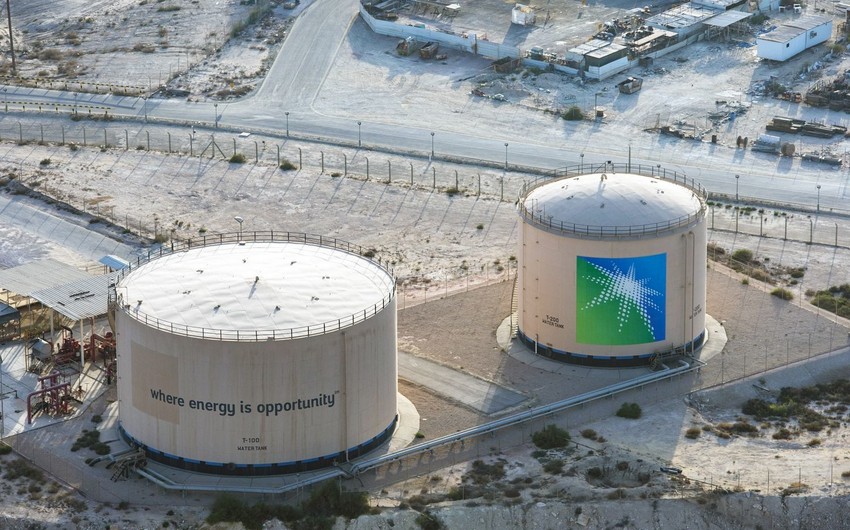Saudi Arabia raised pricing for August oil shipments to Asia, the US, and northern Europe amid signs that energy demand is recovering from its coronavirus-triggered collapse, informs, citing .
The world’s biggest crude exporter is increasing rates as it pushes other major producers to keep cutting supply to re-balance the market.
State producer Saudi Aramco lifted the official selling price for its flagship Arab Light crude to buyers in Asia, its biggest market, for a third consecutive month, though by less than expected. Aramco raised pricing to the US, where it’s also reining in shipments, for the fourth month.
“The increase in prices reflects the overall recovery in oil markets,” said Carole Nakhle, chief executive officer of London-based consultant Crystol Energy. “Demand growth remains uneven and may even be subject to temporary reversals, but it is unlikely to fall off a cliff because lockdowns, if re-introduced, are likely to be more localized.”
Aramco increased all its grades to Asia by $1 a barrel for August. It raised US pricing by between $0.20 and $0.40, with the Light grade hiked by $0.30 to a premium of $1.65. Prices for most grades sold to northwestern European customers -- the main hub for which is Rotterdam -- were also increased. The only region to see cuts was the Mediterranean, where Aramco reduced prices by as much as $1 a barrel.
Since last April, Saudi Arabia and Russia have led the OPEC+ cartel’s push to reduce crude production and drain stockpiles. The group agreed in June to extend cuts totaling nearly 10 million barrels a day -- roughly 10% of world supply before the pandemic hit -- for a third month until the end of July. They plan to scale them back after that.
OPEC+ is “on the right track” but still has “a long way to go” before re-balancing oil markets, Saudi Energy Minister Prince Abdulaziz bin Salman said in mid-June. The Saudis slashed their crude shipments in June to a multi-year low, according to Bloomberg tanker tracking.
Brent crude has more than doubled since OPEC+’s April agreement to around $43 a barrel. The global benchmark is still down 34% this year.


 https://static.report.az/photo/7399c0b8-b34c-3e95-b18f-9a040165d8a4.jpg
https://static.report.az/photo/7399c0b8-b34c-3e95-b18f-9a040165d8a4.jpg

